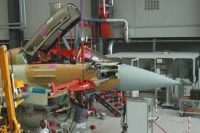
Hindustan Aeronautics Limited (HAL) is manufacturing Sukhoi-30 MKI, Hawk, and Dornier 228 (DO 228) aircraft under License from foreign Original Equipment Manufacturers (OEMs) for which Technologies have been fully absorbed to the extent of Transfer of Technology (ToT) contracts. Light Combat Aircraft “TEJAS” and Advanced Light Helicopter (ALH) Dhruv are indigenously designed & developed.
Indigenization of components is a continuous process involving development and qualification. New technologies especially, advanced avionics, advanced mechanical systems, structured design capabilities;several world class high value ground test rigs have been established and HAL has also involved private industries to supply airborne items, aircraft/helicopter sub-assemblies and assemblies which can directly fit on aircraft/helicopter.
The present status of indigenization of the major platforms manufactured by HAL is as below:-
| S. No. | Platform | Present %age of indigenization content (By number of parts)
|
| 1. | Sukhoi-30 MKI | 75% |
| 2. | Hawk | 72% |
| 3. | LCA | 75% |
| 4. | ALH | 75% |
| 5. | DO-228 | 74% |
The expenditure on purchase of defence equipment for the three services during the last two years from the foreign vendors and Indian vendors is as follows :-
Capital and Revenue expenditure (Rs. in crore):
| Year | Total procurement | Procurement from
Foreign Vendors
|
Procurement
from Indian Vendors |
| 2015-16 | 76178.80 | 34.38% | 65.62% |
| 2016-17 | 84260.98 | 36.19% | 63.18% |
Government has taken various steps to encourage indigenization and self-reliance in defence. Under ‘Make in India’ initiative, Government has taken following initiatives:-
- A new Defence Procurement Procedure (DPP), 2016 has been promulgated by the Government to take effect from 01st April, 2016 whereby a new category of procurement ‘Buy {Indian-IDDM (Indigenously Designed, Developed and Manufactured)}’ which has been accorded top–most priority for procurement of Capital equipment. Besides this, preference has been accorded to ‘Buy (Indian) and ‘Buy & Make (Indian)’ categories of capital acquisition over ‘Buy (Global)’ and ‘Buy & Make (Global)’ categories. The ‘Make’ Procedure has been simplified with provisions for funding of 90% of development cost by the Government to Indian industry and reserving projects not exceeding development cost of Rs. 10 Crore (Government funded) and Rs. 3 Crore (Industry funded) for MSMEs.
- Foreign Direct Investment (FDI) Policy has been revised. FDI up to 49% is allowed through automatic route and beyond 49% under Government approval route wherever it is likely to result in access to modern technology or for other reasons to be recorded.
iii. Indian licensing regime for Indian manufacturers has been liberalized and most of the components/ parts/ sub-systems have been taken out from the list of Defence products requiring industrial license which has resulted in reduction in the entry barriers for new entrants in this sector particularly SMEs. The initial validity of industrial license has been increased from 3 years to 15 years with a provision to further extend it by 3 years on a case to case basis.
- Issues related to level playing field between Indian and foreign manufacturers and between Public sector & Private sector have also been addressed. These include Exchange Rate Variation (ERV) protection for Indian vendors.
- Offset guidelines have been made flexible by allowing change of Indian Offset Partners (IOPs) and Offset components even in signed contracts. Foreign Original Equipment Manufacturers (OEMs) are now not required to indicate the details of IOPs and products at the time of signing of contracts. ‘Services’ as an avenue of offset have been re-instated.
- In HAL, an R&D Corpus of 10% of the operational profit after tax is earmarked for R&D activities both in-house and with private vendors.
vii.Strategic partnership model has been formulated by the Government in May, 2017 to focus on substitution of imported spares, ensure greater self-reliance and dependability of supplies, essential to meet national security objectives.
viii.Certain components of some of the defence equipment of Russian origin have been identified and published on the web for identifying Indian private sector companies for indigenous manufacture under Joint Ventures/Transfer of Technology agreements with Russian OEMs.
This information was given by Minister of State for Defence Dr. Subhash Bhamre in a written reply to Shri Jose K. Mani in Lok Sabha today.



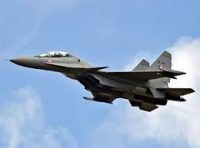
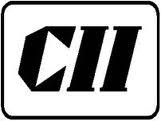
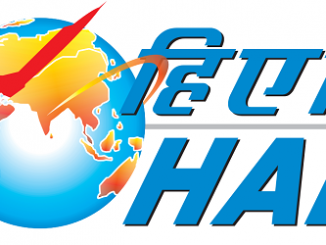
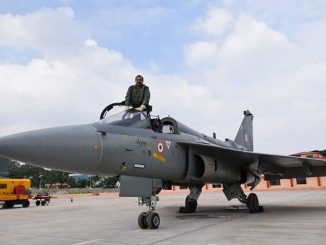
Leave a Reply
You must be logged in to post a comment.